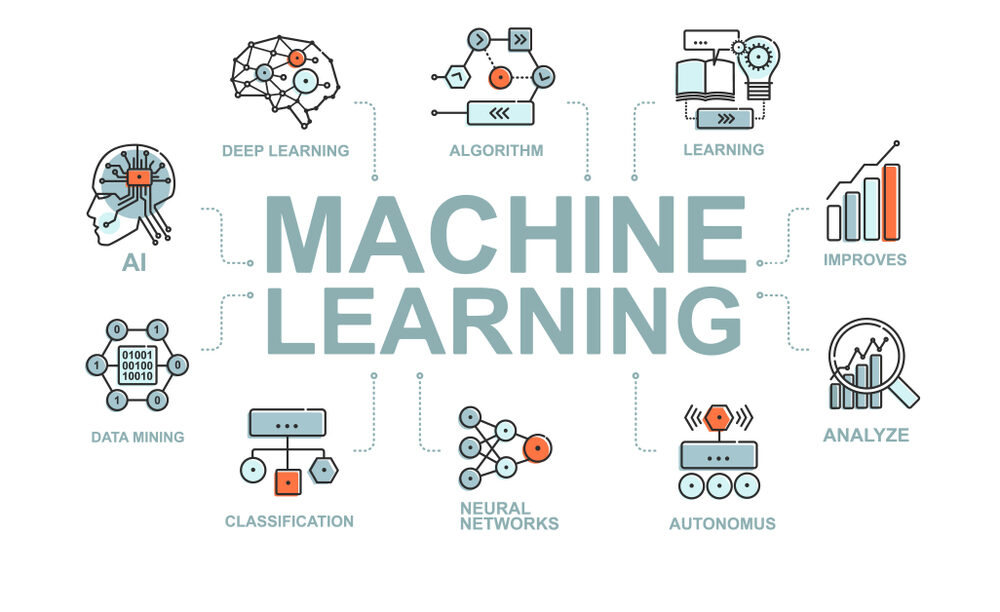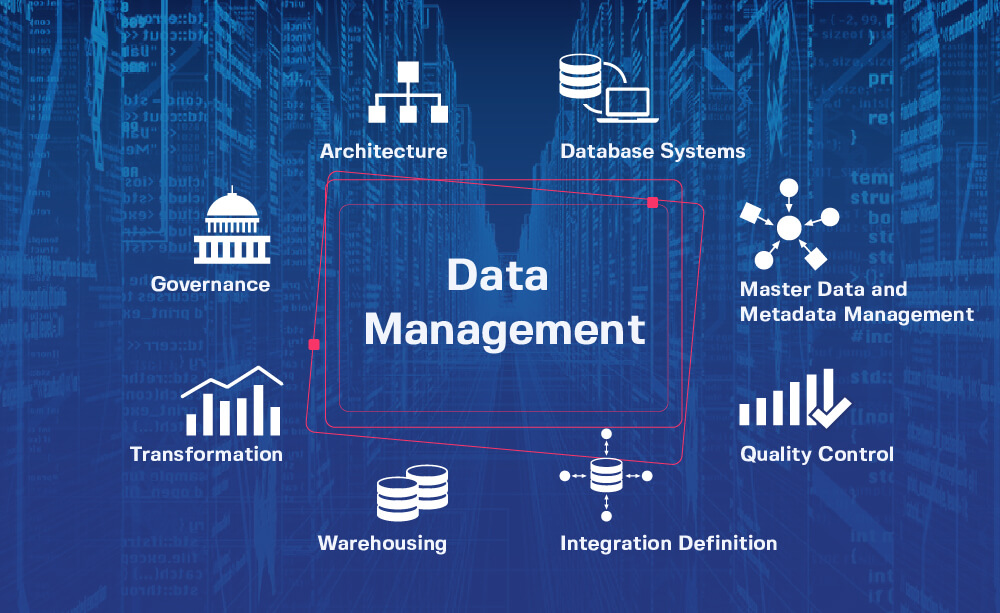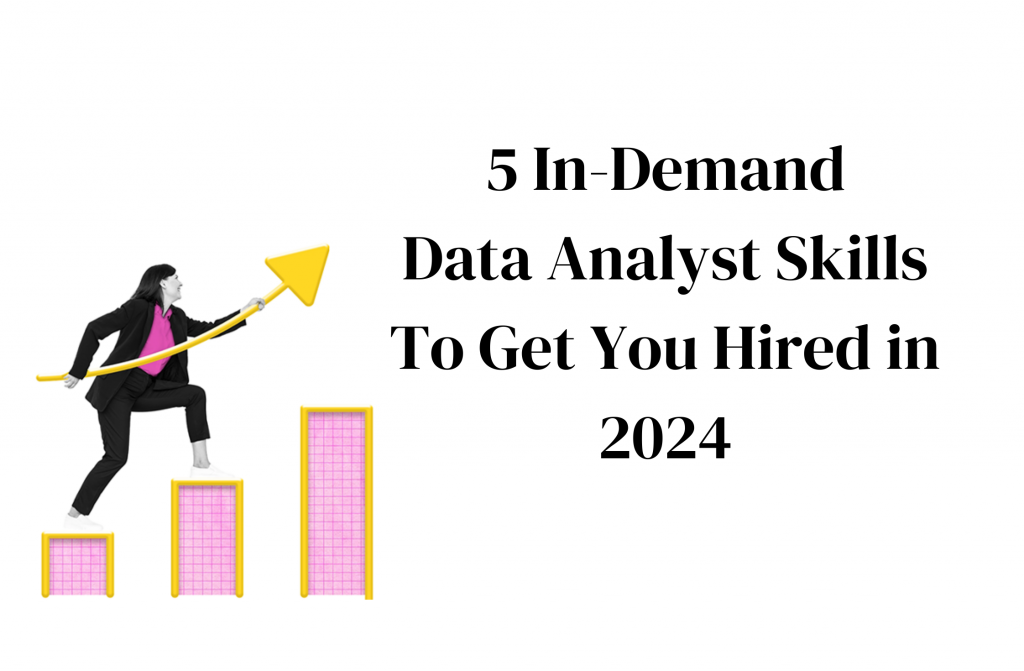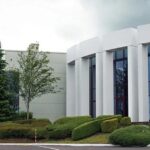There is an unprecedented demand in India for scientists and data analysts, with 11 million job vacancies anticipated by 2026. Data management professionals should expect great financial rewards from a career in India, as the country is predicted to represent 32% of the global market by 2026.
But what skills are most in need in the data industry?
The following five trending data science skills have been ranked as having the highest number of searches and enrollments. Developing these skills is the first step in preparing for a new job in the rapidly expanding field of data analysis.
Table of Contents
Structured Query Language (SQL)
The standard language for interacting with databases is called Structured Query Language, or SQL. Understanding SQL enables you to change data structures (schema) and update, organise, and query data kept in relational databases.

SQL is likely the most important skill to master to get a job since practically all data analysts will need to utilise it to access data from a company’s database. Interviews for data analysts frequently involve a technical SQL test. Fortunately, SQL is among the simpler languages to master.
Statistical Programming
You can do more complex analysis with statistical programming languages like R or Python than you can with Excel. You can more effectively clean, analyse, and display huge data volumes by writing programmes in these languages.
It’s a good idea to learn at least one of these open-source languages. The best language for data analysis is a topic of discussion. Both languages are capable of doing comparable data science jobs. Although Python is more widely used and generally easier to learn, especially if it’s your first language, R was designed especially for analytics.
Machine Learning
One of the biggest advances in data science is machine learning, a subfield of artificial intelligence (AI). Building algorithms to identify patterns in large data sets and gradually increasing their accuracy is the main goal of this talent.

A machine learning algorithm gets “smarter” and can make predictions that are more accurate the more data it examines.
It’s not typically expected of data analysts to be machine learning experts. However, honing your machine learning abilities could offer you a leg up and put you on the path to becoming a data scientist in the future.
Probability and statistics
The branch of mathematics and science known as statistics is involved with gathering, analysing, interpreting, and presenting data. That may sound familiar because it closely resembles the duties of a data analyst.
With a strong foundation in probability and statistics, you’ll be better able to do the following:
- Examine the data for trends and patterns.
- Steer clear of logical mistakes, biases, and fallacies in your analysis.
- Generate reliable and accurate findings.
Data Management
Effective, safe, and economical methods of gathering, organising, and storing data are referred to as data management. Data analysts frequently handle data in some manner, even though certain organisations will have roles specifically dedicated to data management, such as database administrators, information security analysts, and data architects and engineers.

Different data management systems are used by different companies. It could be beneficial to have a general understanding of database operations in both physical and cloud systems as you’re honing your skill set.
Frequently Asked Questions
1. Is being a data analyst a good profession in 2025?
The field of data analytics is about to undergo major changes as 2025 draws near. With new trends that have the potential to completely change sectors and rethink data-driven strategies, the field—which is currently a powerhouse at generating insights and well-informed decision-making—is poised to advance.
2. What is R in data analytics?
R analytics, also known as the R programming language, is an open-source, free programme used for various data science, statistics, and visualisation tasks. The R programming language can help you extract the most value from business-critical data since it is strong, flexible, and compatible with BI solutions such as Sisense.






